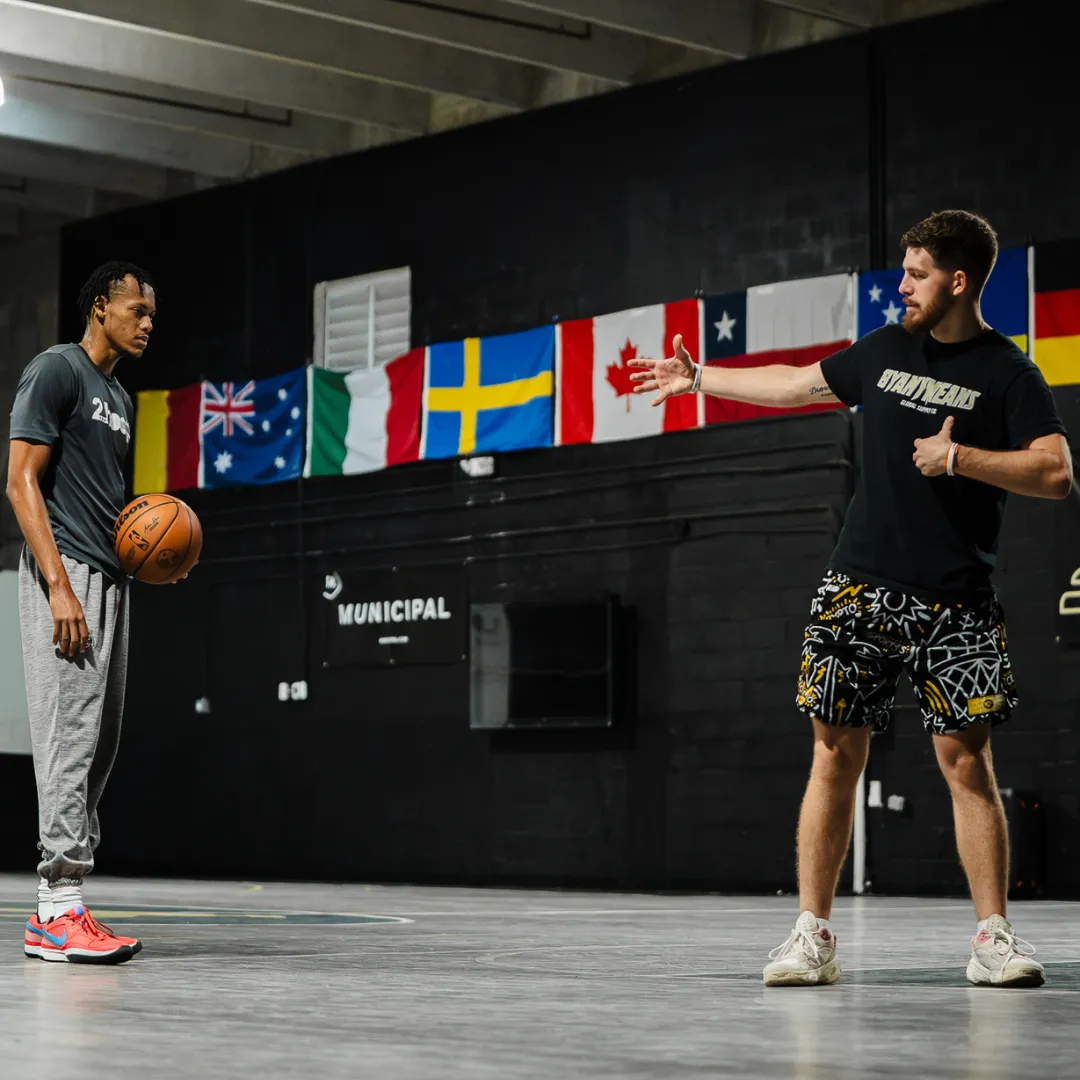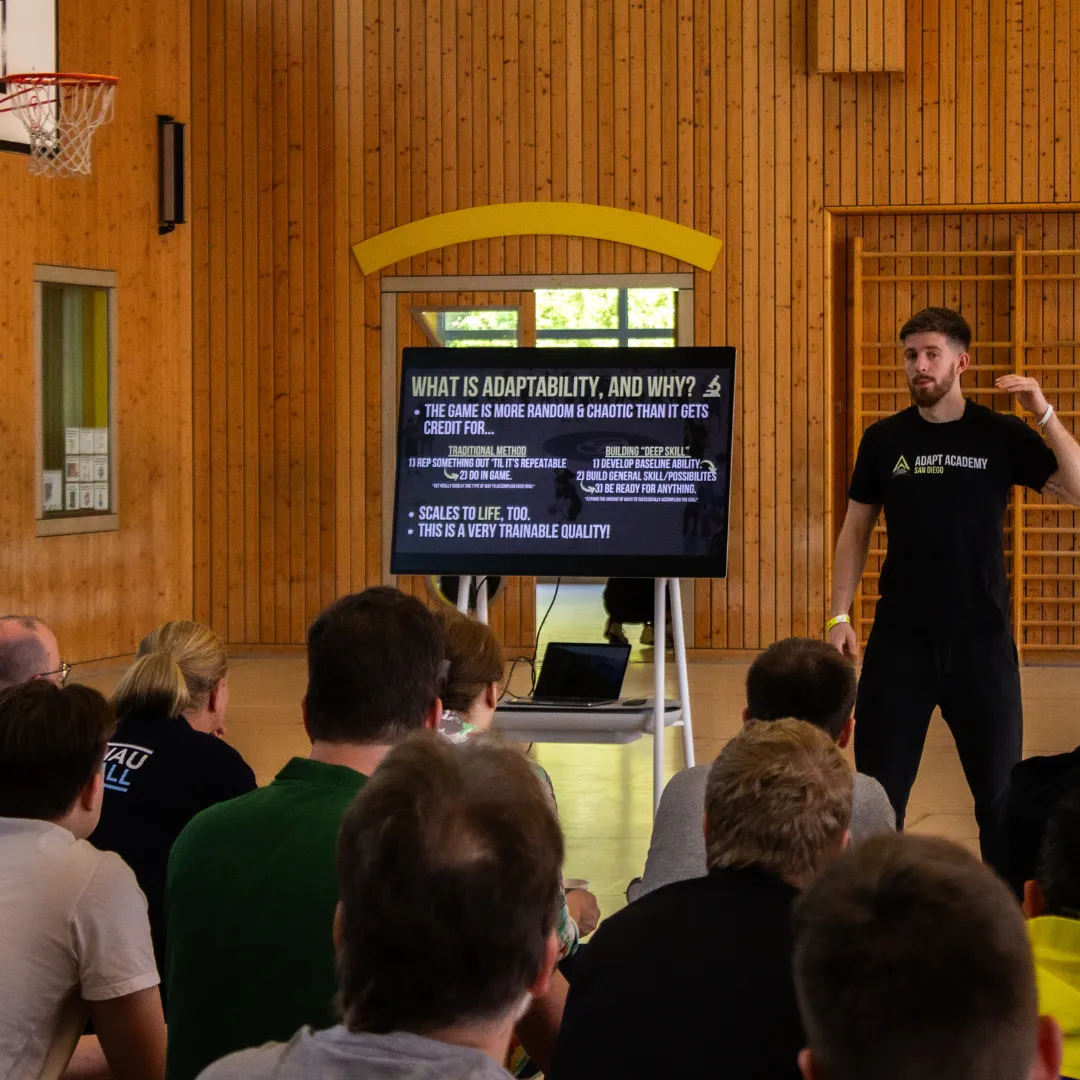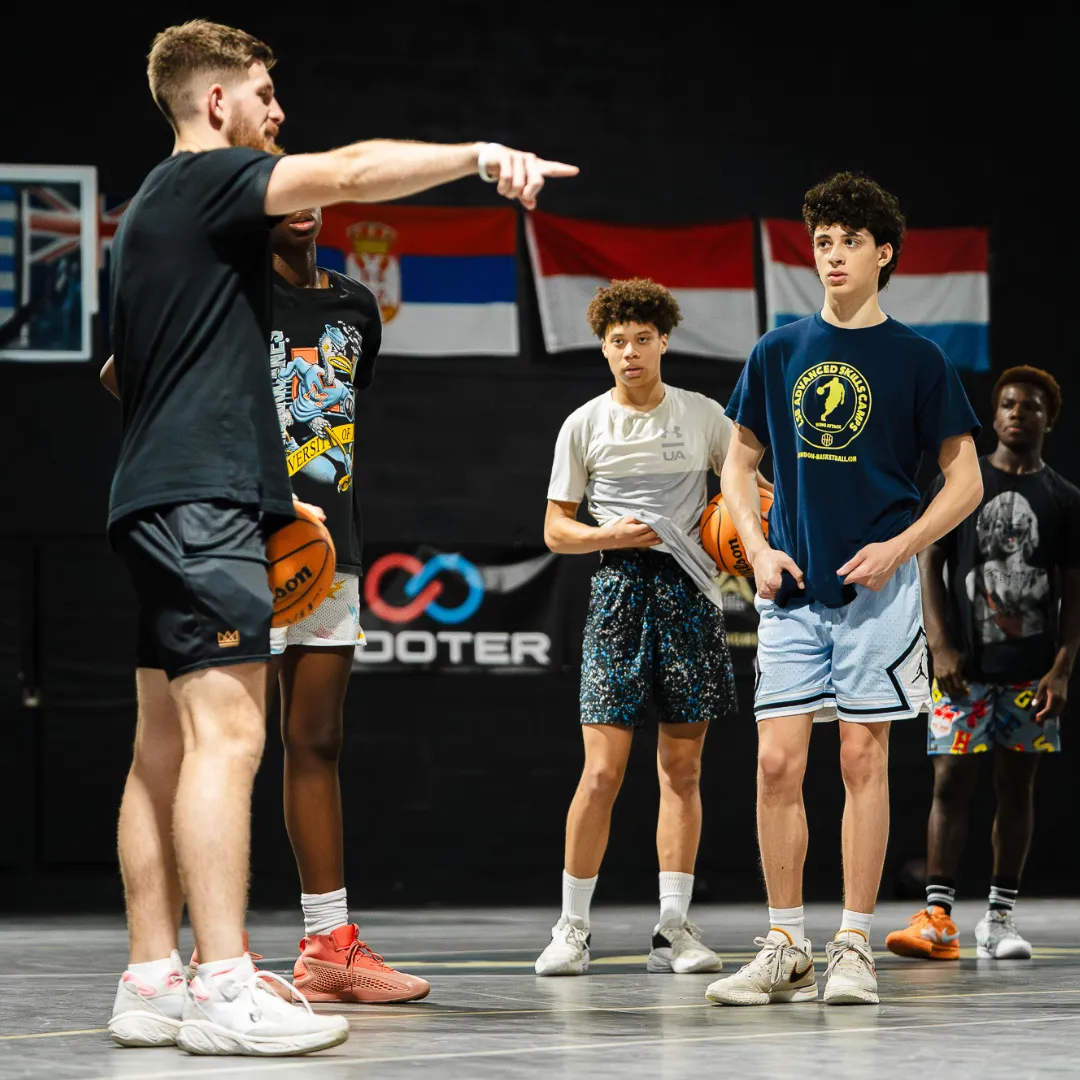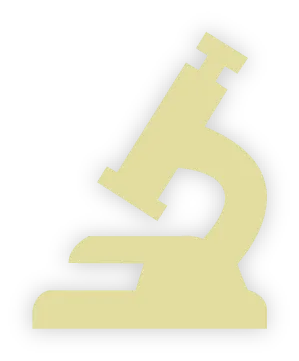GROWING THE GAME
Welcome to By Any Means Basketball.
WHAT IS BY ANY MEANS?
By Any Means Basketball is a coaching and media organization aiming to bring top tier, innovative development to every basketball coach and player in the global basketball community.
Using every means from in-person development and mentoring, to online content, programs, and consultation, we believe that everyone in the world can elevate their game with our unique perspectives, training styles, and passion to change the world through hoops.
WHAT WE DO:

PLAYER DEVELOPMENT
At the core of By Any Means are innovative coaching methods that have been revolutionizing player and development for years. Our philosophies are centered around skill acquisition science, detailed movement training, deep dives into player psychology, and integrating perspectives from basketball cultures all around the world to build highly skilled and adaptable athletes and humans.
We offer training for any level through out Virtual Academy, Summer Academy, and in-person training at 5 locations and counting across North America. With the recent launch of ADAPT Academy, we've also created a unique club basketball initiative, looking to strike the perfect balance between European and American hoops.

COACH & TEAM CONSULTATION
As much as direct-to-player coaching can do, building up coaches around the world is what truly can make the largest impact. For every quality coach, thousands of athletes and future leaders around the world are positively affected. So, we started By Any Means Coaches to ensure every dedicated basketball coach around the world has access to the resources to sharpen their craft. Through our Coaches' Certification, coaches' clinics, social media content, and 1:1 consulting, we're dedicated to helping you reach your potential, make the biggest impact possible, and make a living out of your passion.
If you're a coach, trainer, or organization looking to take your coaching, culture-building, and career or business to the next level, check out By Any Means Coaches below!

INTERNATIONAL BASKETBALL GROWTH
Basketball is an incredibly fast-growing sport globally, and has the power to change lives like hardly anything else on earth. Yet, so many cultures around the globe are still at a very early stage in their hoops infrastructure, and there is hidden potential waiting to be unlocked with guidance, support, and inspiration.
Through our Global Camps, 501(c)(3) nonprofit, spotlights on global hoops, and long-form content, we're looking to empower global hoops cultures and bridge the vast gaps that still exist.

CONTENT & MEDIA
Through content and in-person events, we've developed a uniquely loyal following of 600,000 dedicated hoopers and coaches across the globe. Utilizing a mix of short- and long-form content to share novel knowledge and perspectives, we've also developed strategic partners across industries to help them reach more players and coaches worldwide.
RECENT UPDATES

NPH Partnership
North Pole Hoops (NPH) and By Any Means Basketball are proud to announce a strategic partnership grounded in a shared philosophy: a player-first, collaborative, inclusive, and globally-minded approach to basketball development.
Both organizations have built respected platforms by investing in athletes through education, development, and exposure—proven across North America and around the world. This partnership represents a natural alignment in culture and vision.
As part of NPH’s USA expansion campaign, this alliance marks the beginning of many cross-border relationships designed to strengthen bridges between Canada and the United States, while simultaneously working to elevate the sport on a global scale.
Check out the rest of the press release here!
ABOUT BAM
PLAYER DEVELOPMENT
COACH EDUCATION
VIRTUAL ACADEMY

© Copyright 2025. By Any Means Basketball. All Rights Reserved.